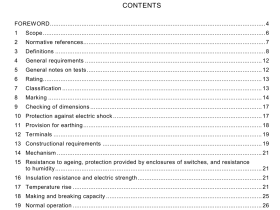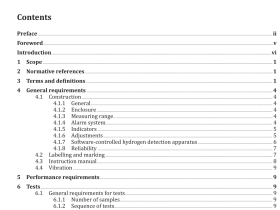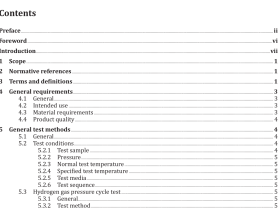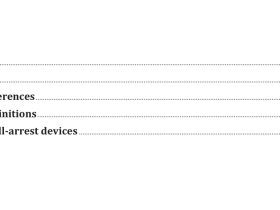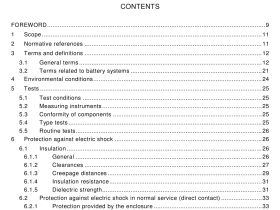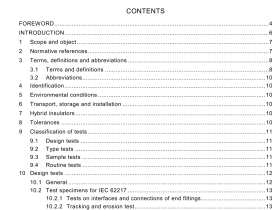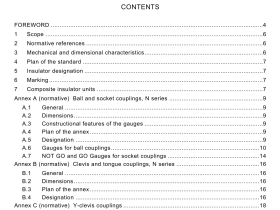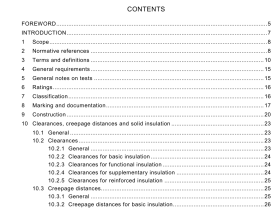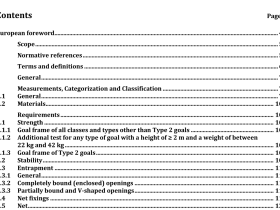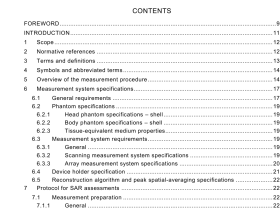AS 4587 pdf download
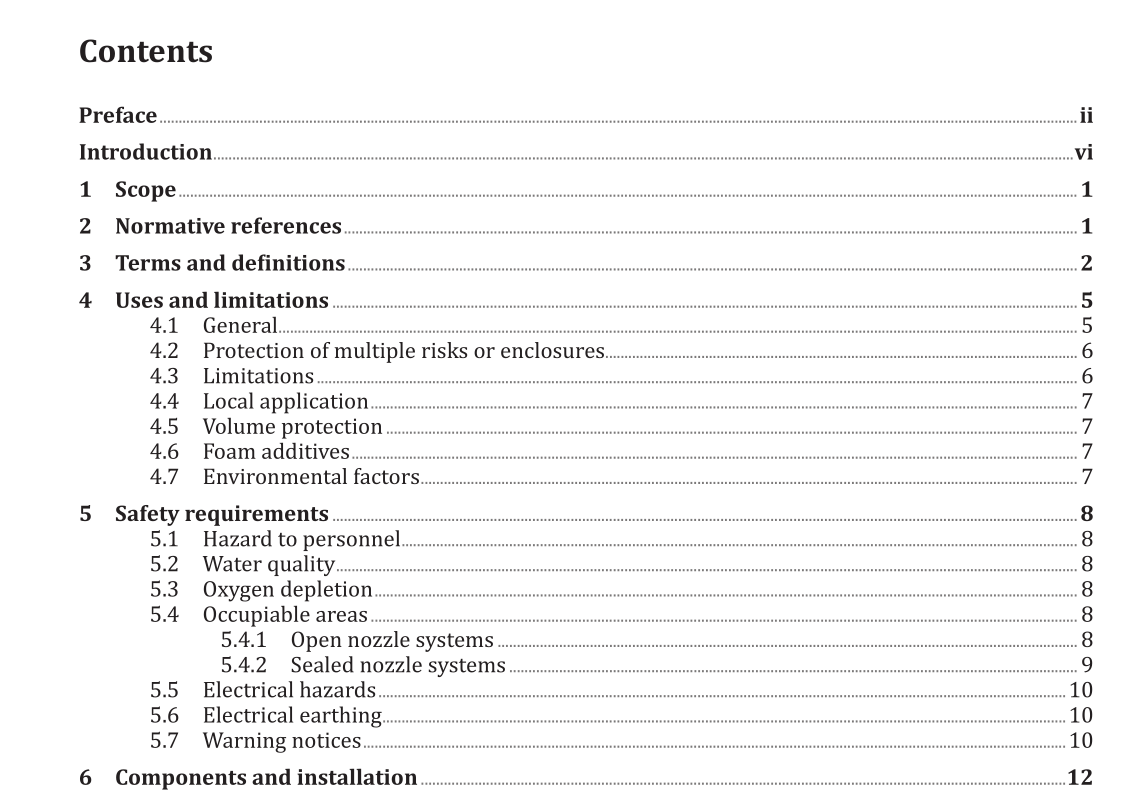
AS 4587 pdf download.Water mist fire protection systems — System design, installation, and commissioning
1 Scope
This Standard sets out minimum requirements and recommendations for the design, installation and commissioning of water mist fire protection systems and describes the characteristics of the various types of water mist systems and the types of fire for which they are a suitable control, extinguishing or suppression medium. The performance of water mist systems is highly dependent on the characteristics of the water mist droplets and the means used to generate and distribute those droplets. Accordingly, this Standard does not provide definitive fire performance criteria on an ‘application rate’ or ‘density’ basis. Water mist systems subject to this standard may be arranged as total flooding, zoned total flooding, assumed area of operation, or local application systems and designed for control, suppression or extinguishment of fires in specific industrial and commercial hazards. Water mist systems in residential occupancies and those used for explosion suppression are outside the scope of this Standard. This Standard does not provide requirements or guidance for water mist systems to replace mandatory sprinkler systems. Water mist fire protection systems are herein referred to as “a system” or “the system”.
3 Terms and definitions
For the purposes of this document, the following terms and definitions apply. 3.1 additive chemical or mixture of chemicals or gases, intentionally introduced into a water mist system for one or more of the following purposes: (a) Enhancement of, or conformance to, fire protection requirements. (b) Corrosion protection. (c) Frost protection. 3.2 approved and approval approved by, or the approval of, the relevant authority 3.3 assumed maximum area of operation AMAO maximum area over which it is assumed, for design purposes, that sealed water mist nozzles will operate in a fire 3.4 atomizing media compressed air or other gas or gas mixture that produces water mist by mechanical mixing with water 3.5 automatic performing a function without the necessity of human intervention 3.6 back flow flow in a direction contrary to the normal or intended direction of flow including the unintended flow of water from a potentially polluted source into a potable water supply 3.7 back flow prevention device device to prevent the reverse flow of water from a potentially polluted source into a potable water supply system 3.8 container cylinder or other vessel used to store liquids or gases 3.9 container discharge valve valve directly connected to a container which, when actuated, releases extinguishing agent into the distribution piping 3.10 density system application rate, which may be expressed in the following two ways: (a) Discharge density of the flow from the system in respect of the area of the risk and expressed as L/min/m 2 .(b) Flux density of the flow from the system in respect of the volume of the risk and expressed in L/min/m 3 . 3.11 directional valve device for controlling the passage of the extinguishing agent from a supply manifold, directing it to pre- selected area(s) of protection 3.12 distribution system pipework and fittings downstream of any container valve outlet, deluge valve or other control assembly 3.13 drinking water water that is suitable for human consumption, food preparation, utensil washing and oral hygiene 3.14 D v f water mist drop diameter such that the cumulative volume, from zero diameter to this respective diameter, is the percentage of the corresponding sum of the total distribution Note 1 to entry: D v 90 is the volume median diameter; that is, 90 % of the total volume of liquid is in drops of smaller diameter and 10 % is in drops of larger diameter. 3.15 enclosure case, housing, partition or walls that will substantially contain water mist in the vicinity of the hazard for a sufficient length of time to achieve the fire protection objectives 3.16 fire extinguishment complete suppression of a fire until there are no burning combustibles 3.17 fire suppression sharp reduction in the rate of heat release of a fire and the prevention of regrowth 3.18 high-voltage electrical equipment equipment with circuits with more than 1 000 V for alternating current and at least 1 500 V for direct current
